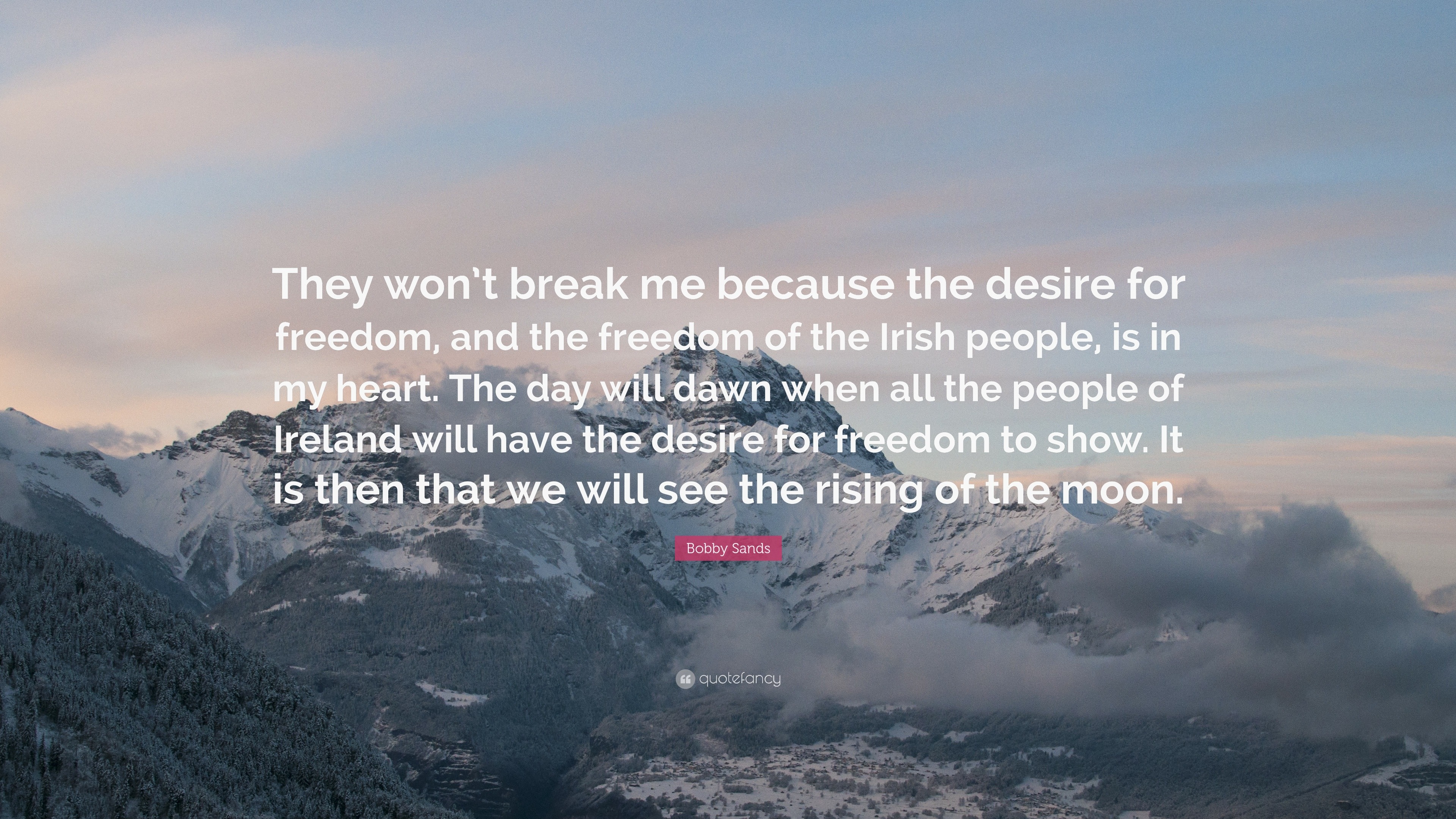
Yūgen – Japanese – A profound and mysterious sense of the beauty of the universe.Įleutheromania – Greek – An intense and irresistible desire for freedom. Resfeber – Swedish – The restless race of the travellers heart before the journey begins when anxiety and anticipation are tangled together. Here are a few other notable travel words from around the world:.

It means ‘to have a strong desire for or impulse to travel, wander and explore the world.’ In English the word is, of course, wanderlust. Whilst it’s fair to say that being fluent in travel itself will enhance and enrich our experiences, these words each have their own unique way of pinpointing a particular element of the travel experience. Just like a photo can’t fully capture what it feels like to stand underneath a sky filled with dancing aurora or the roar or a waterfall crashing over a cliff, the worlds languages are dotted with words specifically designed to give literacy to these feelings. The feeling of wanderlust was strong before this happened, but now it’s just the most intense I’ve ever felt. I was taking anywhere between 18-24 trips a year and then it all just stopped. I’ve travelled far and wide in recent years, right up until COVID brought everything crashing to a halt. Norwegians are said to have the outdoors in their DNA, and upon entering the country at any of their airports we’re likely to see a sign with a slogan akin to ‘Powered By Nature.’ Wanderlust Incorporating nature and spending time out in it have been proven to be good for our mental health, and it doesn’t change with the weather. Catching up on some reading, enjoying some seasonal treats and activities, taking an afternoon nap, lighting up the room, having the right amount of coffee with the right amount of cinnamon, perhaps serving up a cup of cocoa instead, taking a tech-time-out, these things are all part of hygge and of being koselig, but the stand-out difference between the two is that koselig contains an aspect of the great outdoors. Being koselig is being comfortable, content, intimate, warm, and all about creating pleasant environment that makes you feel happy and evokes the warm feeling inside of us all, finding joy in the little things.

An intense and irresitable desire for freedom full#
In Norway, winter is full of snow, northern lights, skiing, reindeer, log fires, and all things ‘koselig.’ The literal translation from Norwegian to English would be ‘cosy’, but this is actually the Norwegian equivalent of the Danish word Hygge. Seasonal Affective Disorder is still a part of life for many in the far north so it mustn’t be assumed that it simply doesn’t exist, but many Danes, Norwegians, Finns, Icelanders, Greenlanders, Faroese, and Swedes, anticipate the arrival of the winter time because they get to hang a light in their window to shine through the darkness and cultivate this side of themselves, taking care of their psychological wellbeing as a group as well as individualy. Hygge, which is pronounced ‘ hooga.’ In essence it is all about togetherness and coziness, but at its roots it means living in tune with the seasons, embracing and enjoying nature, being busy in the outdoors as well as the indoors, and perhaps having some candles lit with a nice, warm drink in your hands feeling safe and content.

The word that comes to the forefront when most people think about it is what is known as ‘the Danish word for happiness’: - Hygge.

They have methods and mechanisms for dealing with the winter and in fact they consistently rank among the happiest nationalities globally.Īlong with the global happiness index rank, regarded with equal fame, comes a collection of words that don’t quite have a translation but somehow seem to be the key to understanding why Scandinavians in particular seem to thrive in the cold, dark winter. Despite this lack of light and with the hammering cold winds and frozen environments I love this area, and the locals certainly don’t feel sorry for themselves. The areas of Norway, Sweden and Finland above the Arctic Circle get barely a glint of sunlight. The winter months across Scandinavia is bleak, cold, and dark. My love of cabins comes from my love for the Scandi north, particularly Iceland, where cabins are commonplace and serve a very powerful purpose in winter. Winter is my favourite time of year, and it’s a time that cabins are perhaps at their absolute cosiest.


 0 kommentar(er)
0 kommentar(er)
